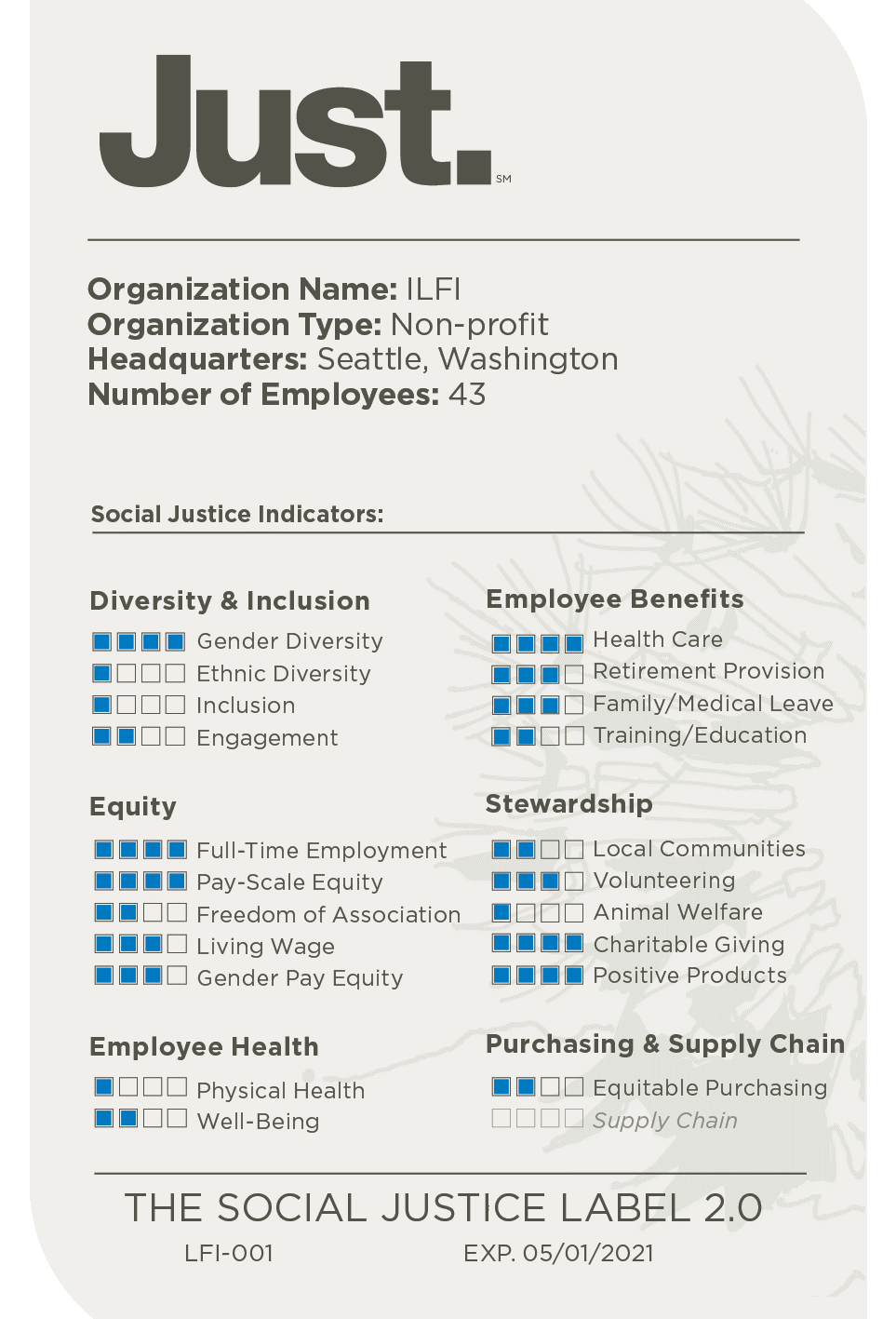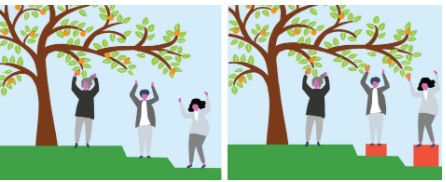Podcast: Play in new window | Download | Embed
Subscribe: Apple Podcasts | Spotify | Amazon Music | Pandora | More
Description:
The average homeowner is aware that energy efficiency is important in the fight against climate change. The people who are most passionate about energy conservation are making upgrades to their homes and setting a good example for their neighbors. But how can we get more homeowners excited about doing the work (and navigating the cost) to improve their home’s performance?
On this episode, Robb chats with Adam Stenftenagel and Christine Liaukus (a SWA alum!), two experts on improving existing buildings, about what it’ll take to reduce the energy consumption and carbon emissions of single-family homes on a much larger scale than we are today. They discuss data, strategies, technologies, and of course, financing that can help get millions of homeowners on the path to net zero energy.


